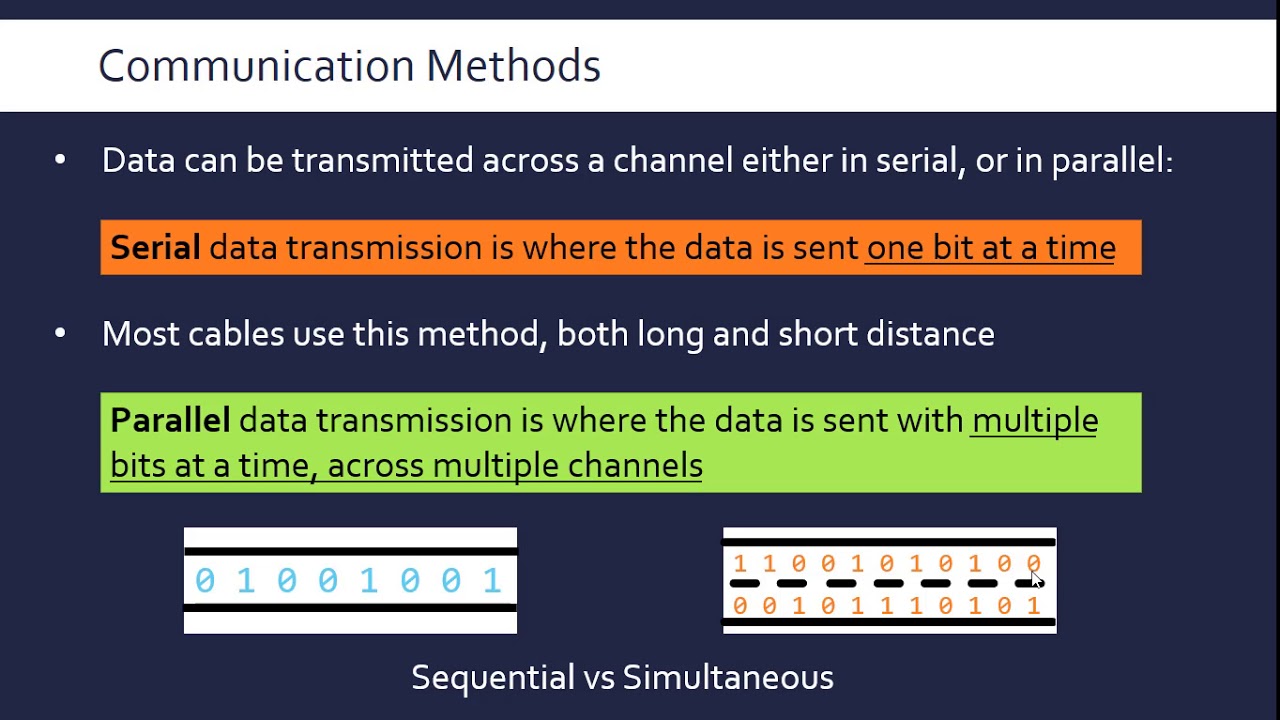Serial data transmission is a method of data transmission between two digital devices in which data is sent in or out one bit at a time. It is also known as serial communication and is the most widely used form of asynchronous communication.
Serial data transmission can take place through a variety of mediums such as wire, radio, signal, or light. It is used to connect two or more devices together using a single signal line to send and receive data. Common examples of serial data transmission include: USB, optical fiber, RS-232, ATA Serial Bus, Wireless LAN, Bluetooth, Ethernet, and IrDA (Infrared Data Association).
When comparing serial and parallel data transmission, one major difference is the number of wires needed. In parallel data transmission, multiple data bits are sent and received simultaneously using multiple wires. Serial data transmission, however, requires only a single wire, but data is sent and received bit by bit with start and stop bits added in between each bit.
Serial data transmission requires fewer wires and thus is more cost-effective and consumes less power. However, the speed and throughput of the data transmission may be slower compared to parallel data transmission because of the single-bit nature.
Serial data transmission is commonly used in a wide range of applications such as computer networking, industrial automation, communications systems, GPS, and consumer electronics. It is a reliable and robust form of data transmission and is widely supported by various hardware and software providers.






